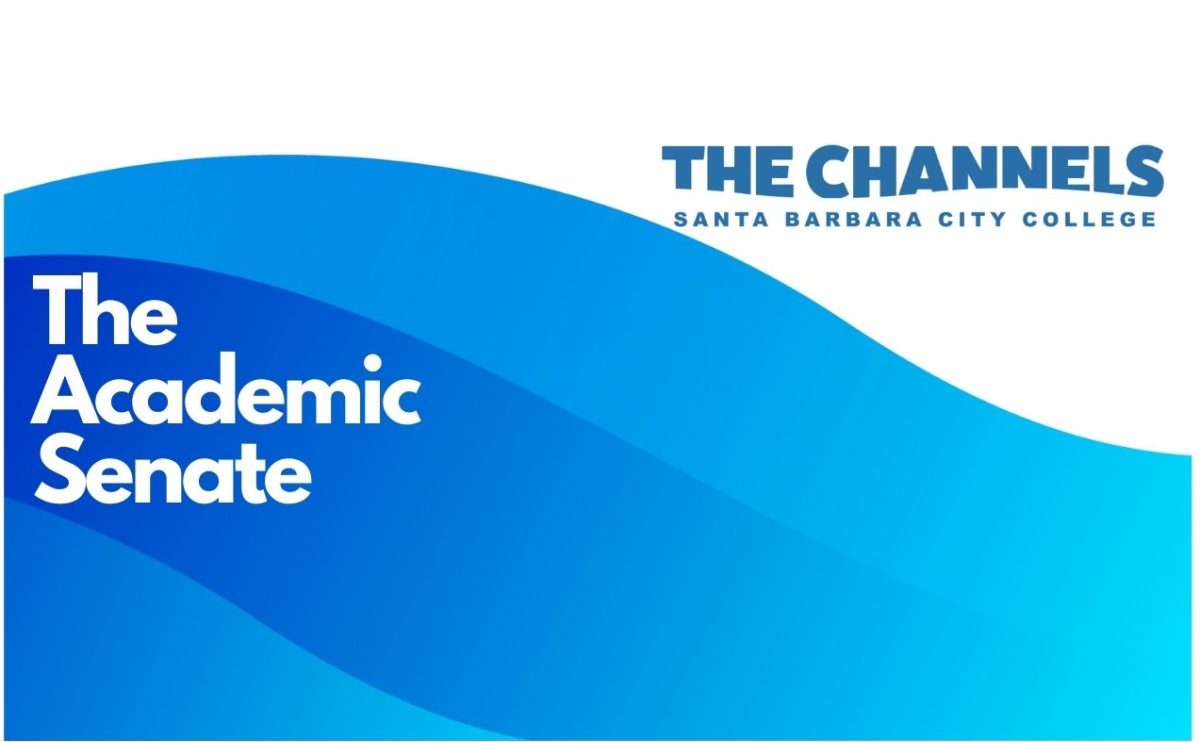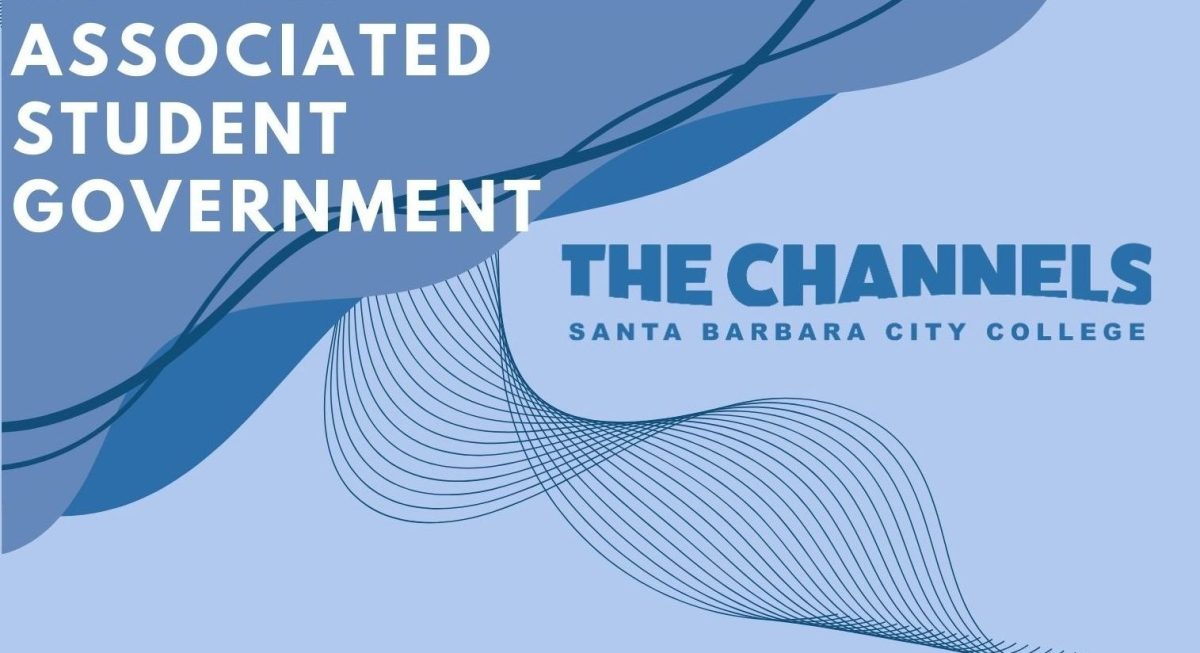City College has redoubled its efforts to meet targets for its size and efficiency as part of a larger effort to balance the college’s budget by 2020.
After the Board of Trustees’ Oct. 24 decision to rescind a board policy about the matter, the president assured trustees that the college would take concrete steps to address these issues.
Since then, the college has made a list of four goals that they intend to meet to address the issues, including a goal to finalize an Abbreviated Strategic Enrollment Management Plan, which will include college size and efficiency targets and a plan for achieving the efficiency target.
Neither the targets nor the plan for achieving the efficiency target have been finalized, but the targets have been agreed upon pending review by various college governance committees.
Tentatively, the targets for the college to meet by the 2019-2020 academic year are a college size of around 15,000 Full-Time Equivalent Students and a Weekly Student Contact Hours to Full-Time Equivalent Faculty efficiency ratio of 525.
A college’s Full-Time Equivalent Student number is one of the primary numbers that the state uses to determine how much to fund its public colleges, and is calculated by how many credits students are taking at their college. If 15 credits total are taken among a group of students, independent of the number of units each particular student is taking in the group, those 15 units are equal to one Full-Time Equivalent Student.
To determine how much money to allocate for colleges with compressed calendars such as City College, the state assumes in its funding calculations that each Full Time Equivalent Faculty (for City College, a faculty member who teaches 16 units each week) will be teaching classes with an average of 34 students in them. If a college with a compressed calendar has a smaller average number of students per class, then the money it receives from the state does not offset the cost of paying faculty salaries and benefits as much as it otherwise would. The efficiency ratio target that has been proposed means the college is aiming to have the state-assumed 34 students per class on average.
In Fall 2012, the college’s efficiency ratio was 516 and its average number of students per class was 32. However, both numbers have steadily decreased over four years, with Fall 2016 (the most recent semester for which such numbers are available), having an efficiency ratio of 455 and 28.5 students per class on average. The college’s 2017-2018 Full-Time Equivalent Student number is 14,026, following a precipitous decline of about 34 percent since 2009-10.
The Academic Senate has given the Planning and Resources Committee the responsibility to research how faculty can increase the college’s efficiency. During their Oct. 24 meeting, it found that some possibilities for increasing efficiency include filling classes as close to capacity as possible, canceling more classes that have low enrollment, and lengthening classes during the summer sessions.
However, certain programs such as the college’s nursing program inherently have smaller-than-average class sizes to be able to teach their classes effectively, and there have been concerns that such programs would be forced to take on more students to raise the college’s number of average students per class.
Paul Jarrell, vice president of educational services, assured the Planning Committee during its Nov. 14 meeting that he understands this concern and does not want these programs to be negatively impacted.
“We need to find ways to protect these programs because they do define us as an institution. We have to recognize that they bring attention and students to this campus,” Jarrell said.
In a faculty plenary session on Nov. 17, Faculty Association President Cornelia Alsheimer discussed how faculty members are compensated if they choose to increase their class sizes. Currently, a teacher will only be financially compensated through increasing her class size if she increases it to 57 students or higher. Teachers that have class sizes much lower than 57 students are given no direct financial incentive to increase their class sizes by a few students.
“[The Faculty Association feels] that this is a fairness issue while at the same time [resolving] this will benefit the college’s efficiency issue,” said Alsheimer in an email to the Channels.
The Academic Senate plans to present the Abbreviated Strategic Enrollment Plan to the Board of Trustees on Dec. 14, and from there, to create a more developed enrollment plan in the Spring.







